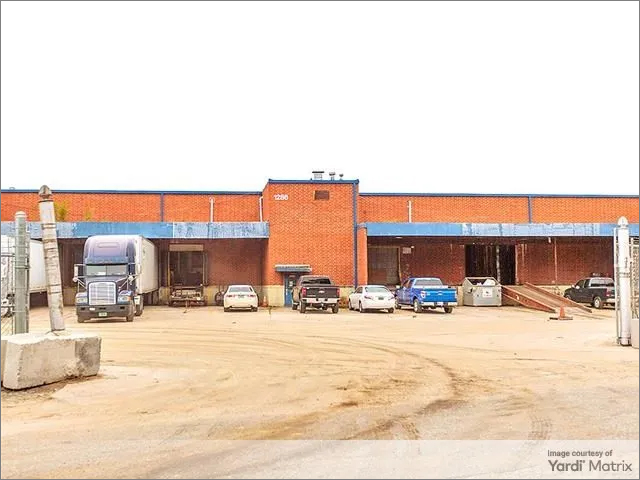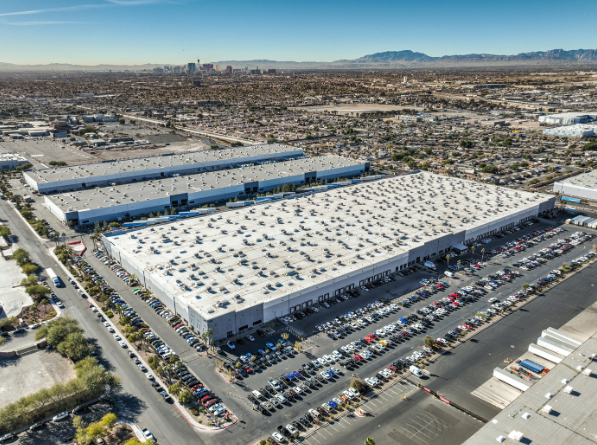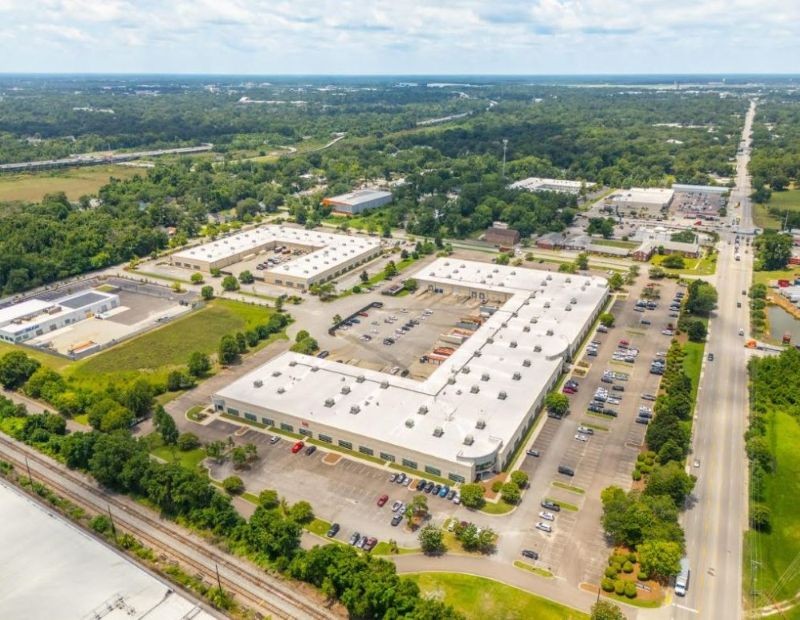Q&A With JLL’s Schoneman on Life Science Investment Drivers
New capital is expected to pour into the sector, JLL's Grant Schoneman says.

Life science investment activity took a big hit in 2023, with interest rate volatility the main culprit. But there are signs of a resurgence.
Several new drug modalities under development for more than two decades are now showing clinical efficacy, and there have been a record number of FDA approvals for new therapies. That should lead to increased need for production, testing and manufacturing facilities.
Commercial Property Executive interviewed JLL Executive Managing Director of Life Sciences Grant Schoneman to find out more about the sector’s investment prospects.
To what extent has interest rate volatility influenced the sector?
Schoneman: Interest rate volatility throughout 2023 severely impacted life sciences real estate investment and was the largest contributor to an approximately 60 percent year-over-year decrease of national transaction volume. The second-largest banking failure in U.S. history, Silicon Valley Bank, also presented significant headwinds specifically to the life sciences ecosystem, as it was the premier lending institution to early and mid-stage life sciences companies.
Various investment opportunities were brought to market in 2023 but ended up being pulled not because there weren’t willing buyers, but there weren’t willing sellers at valuations where offers were submitted. Said in another way, a key driver of muted life sciences investment in 2023 was the large bid-ask gap.
Do you anticipate a surge in new investment, given the record-number of FDA approvals that are expected?
Schoneman: The record number of FDA approvals in 2024 is an incredibly encouraging sign for the life sciences sector and is positively weighing on real estate investor sentiment. More important though, is the prospect of the Federal Reserve cutting rates various times throughout 2024 and, if that occurs, will unlock new life sciences real estate investment, and tap into the record amount of liquidity waiting to be deployed. Due to the lack of transaction volume in 2023, there’s significant pent-up demand to recycle capital and existing life science owners will look to optimize their portfolios.
How can investors capitalize on this potential surge in demand for life science space?
Schoneman: Real estate investors remain bullish on life sciences because science never sleeps. Although real estate transaction volumes suffered in 2023, paradigm-shifting breakthroughs in science occurred throughout the year, and the industry is prepared for its next growth leg of the cycle. Institutional capital understands that it’s not a matter of if but when tenant demand increases meaningfully beyond current levels and are actively positioning themselves to take advantage of future opportunities.
READ ALSO: Attracting Life Science Tenants in Core Markets
What exactly are some recent discoveries and advancements that have the potential to fuel a surge in investments in the sector?
Schoneman: In JLL’s 2024 Trends to Watch report, we highlight three new and exciting modalities that we think will drive activity in 2024. Right now, the hottest areas of focus heading into 2024 is both obesity treatment and AI. Demand for GLP-1s has unleashed a wave of investment in the space as many research programs are now looking to unlock the next generation of obesity treatments after the blockbuster successes experienced by Novo Nordisk and Eli Lilly.
And coming out of the 2024 JP Morgan conference, it seems all anyone could do was talk about AI. We are in the early stages for its diffusion into the life sciences, but the disruptive potential is huge, and it could unlock huge efficiencies across the life sciences spectrum.
Are there any markets that we should pay particular attention to this year?
Schoneman: Life science companies in Boston, San Francisco and San Diego have continued to secure the bulk of the VC funding, with 67 percent of the capital being invested into companies within these regions, according to PitchBook data. Look for this trend to continue, as new company formation as well as company growth is expected to be most robust within these leading life sciences markets.
Secondary and tertiary markets will continue to grow as well, as funding life science company—both public and private—continue to rebound throughout 2024.
That same JLL report mentions a shift toward hyperlocal analysis of real estate metrics. How does that impact investment decisions?
Schoneman: When investing in life science real estate, it’s fundamentally critical to evaluate the details and intricacies of a building on an individual basis. Location and the surrounding neighborhood are important, but the flexibility that the building affords to multiple types of uses, and its ability to accommodate a high level of robust infrastructure, are even more important factors that must be evaluated. These items cannot be looked at from a generalist point of view.
Further M&A activity is on the horizon for life sciences. What are some possible effects of this trend?
Schoneman: Yes, the expectation is for M&A to remain strong in 2024. Throughout the first two months of 2024, we have already seen 27 M&A deals completed, accounting for more than $24 billion. And with over $50 billion in revenue going off patents each of the next six years, Big Pharma is strategically looking at early-, mid- and late-stage companies to acquire and fill their drug pipelines. One positive effect of this recent activity is that it is has brought pricing validation to the market, something that we lacked for much of 2023.
What challenges will life science investors have to navigate through in 2024?
Schoneman: This year could be a transitory year, as demand is poised to grow. It may take some time to absorb the added space on the market today, but there will still be pockets of success in great submarket and great buildings as the broader market recovers.







You must be logged in to post a comment.